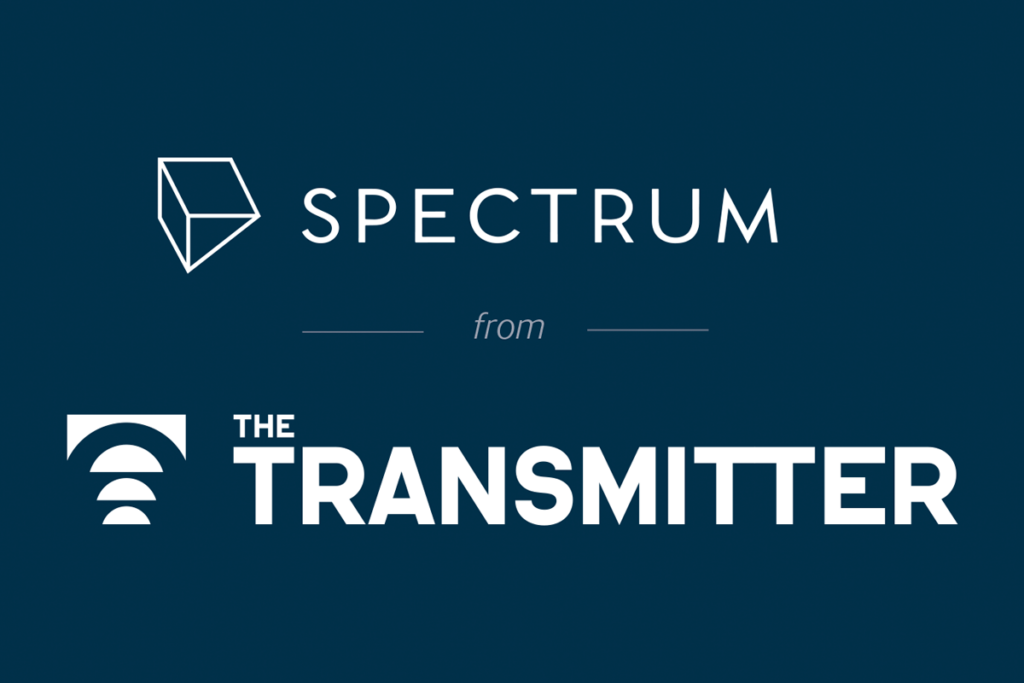SALK 2013
Recent articles
Network of protein variants suggests new autism genes
Researchers have created a network of various forms of many proteins linked to autism, revealing new molecular interactions that may play a role in the disorder. The unpublished work was presented in a poster last week at the Salk Institute, Fondation IPSEN and Nature Symposium on Biological Complexity in La Jolla, California.

Network of protein variants suggests new autism genes
Researchers have created a network of various forms of many proteins linked to autism, revealing new molecular interactions that may play a role in the disorder. The unpublished work was presented in a poster last week at the Salk Institute, Fondation IPSEN and Nature Symposium on Biological Complexity in La Jolla, California.
Fragile X mice show brain-wave abnormalities during sleep
Neurons in mice that model fragile X syndrome show immature, overexcitable firing patterns, particularly during sleep, according to unpublished research presented last week at the Salk Institute, Fondation IPSEN and Nature Symposium on Biological Complexity in La Jolla, California.

Fragile X mice show brain-wave abnormalities during sleep
Neurons in mice that model fragile X syndrome show immature, overexcitable firing patterns, particularly during sleep, according to unpublished research presented last week at the Salk Institute, Fondation IPSEN and Nature Symposium on Biological Complexity in La Jolla, California.
Eye movement, motor difficulties linked in autism
Problems with eye movements in people with autism are part of their motor difficulties and may contribute to the social deficits characteristic of the disorder, according to unpublished research presented last week at the Salk Institute, Fondation IPSEN and Nature Symposium on Biological Complexity in La Jolla, California.

Eye movement, motor difficulties linked in autism
Problems with eye movements in people with autism are part of their motor difficulties and may contribute to the social deficits characteristic of the disorder, according to unpublished research presented last week at the Salk Institute, Fondation IPSEN and Nature Symposium on Biological Complexity in La Jolla, California.
Autism-linked protein differs in male and female brains
The autism-linked protein MET is expressed at lower levels in the brains of men with autism than in control brains, according to unpublished research presented Thursday at the Salk Institute, Fondation IPSEN and Nature Symposium on Biological Complexity in La Jolla, California. Women with autism do not differ from healthy controls, however.

Autism-linked protein differs in male and female brains
The autism-linked protein MET is expressed at lower levels in the brains of men with autism than in control brains, according to unpublished research presented Thursday at the Salk Institute, Fondation IPSEN and Nature Symposium on Biological Complexity in La Jolla, California. Women with autism do not differ from healthy controls, however.
Alzheimer’s drug aids autism mouse model
Memantine, a drug used to treat Alzheimer’s disease, can reverse autism-like features in mice lacking one copy of the MEF2C gene, according to a poster presented last week at the Salk Institute, Fondation IPSEN and Nature Symposium on Biological Complexity in La Jolla, California.

Alzheimer’s drug aids autism mouse model
Memantine, a drug used to treat Alzheimer’s disease, can reverse autism-like features in mice lacking one copy of the MEF2C gene, according to a poster presented last week at the Salk Institute, Fondation IPSEN and Nature Symposium on Biological Complexity in La Jolla, California.
Childhood-onset schizophrenia, autism share genetic links
Individuals who have childhood-onset schizophrenia carry more DNA deletions and duplications associated with other disorders, such as autism, than their unaffected siblings do. The unpublished research was presented 16 January at the Salk Institute, Fondation IPSEN and Nature Symposium on Biological Complexity in La Jolla, California.

Childhood-onset schizophrenia, autism share genetic links
Individuals who have childhood-onset schizophrenia carry more DNA deletions and duplications associated with other disorders, such as autism, than their unaffected siblings do. The unpublished research was presented 16 January at the Salk Institute, Fondation IPSEN and Nature Symposium on Biological Complexity in La Jolla, California.
Explore more from The Transmitter
Functional MRI can do more than you think
Recent technological advances provide a range of new and different information about brain physiology. But taking full advantage of these gains depends on collaboration between engineers and neuroscientists.

Functional MRI can do more than you think
Recent technological advances provide a range of new and different information about brain physiology. But taking full advantage of these gains depends on collaboration between engineers and neuroscientists.
As federal funders desert mentorship programs for marginalized students, trainee-led initiatives fill the gap
Grassroots organizations, led by graduate students and postdoctoral researchers, are stepping up to provide neuroscience career training and guidance for students from marginalized backgrounds—and they need your support.

As federal funders desert mentorship programs for marginalized students, trainee-led initiatives fill the gap
Grassroots organizations, led by graduate students and postdoctoral researchers, are stepping up to provide neuroscience career training and guidance for students from marginalized backgrounds—and they need your support.
Split gene therapy delivers promise in mice modeling Dravet syndrome
The new approach overcomes viral packaging limitations by delivering SCN1A piecemeal and stitching it together in target cells.

Split gene therapy delivers promise in mice modeling Dravet syndrome
The new approach overcomes viral packaging limitations by delivering SCN1A piecemeal and stitching it together in target cells.